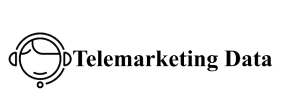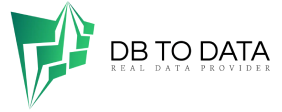In today’s digital age, businesses have access to more data than ever before. This data can be us to gain insights into customer behavior, identify trends, and optimize marketing campaigns. Data analytics is the process of collecting, organizing, and analyzing data to extract meaningful insights. In the context of digital marketing, data analytics can be us to: Track the performance of marketing campaigns: Data analytics can be us to track the performance of marketing campaigns across different channels, such as website traffic, social media engagement, and email marketing. This information can be us to identify which campaigns are performing well and which ones need to be improved. Identify target audiences: Data analytics can be us to identify target audiences by demographics, interests, and behavior. This information can be used to create more targeted and relevant marketing messages.
Optimize landing pages Landing pages are the pages that visito
Land on after clicking on a marketing campaign. Data analytics can be us to optimize landing pages by testing different designs, copy, and calls to action. Measure the ROI of marketing campaigns: Data analytics can be us to measure the ROI of marketing campaigns by tracking the number of leads, sales, and other conversions generated. This information can be us to determine which campaigns are most Clipping Path profitable and which ones ne to be scal back or discontinued. How to Use Data Analytics to Optimize Your Digital Marketing Channels There are a few key steps involv in using data analytics to optimize your digital marketing channels: Define your goals and KPIs: The first step is to define your goals for your marketing campaigns. What do you want to achieve with your campaigns? Once you know your goals, you can identify the key performance indicators.
That you will use to measure your success Collect data
The next step is to collect data. This data can come from a variety of sources, such as your website, social media platforms, and email marketing software. Analyze the data: Once you have collected data, you need to analyze it to identify trends and patterns. This information can be us to identify areas for improvement and make data-driven decisions about your marketing campaigns. Optimize your campaigns: Once you have identified areas for improvement, you can optimize your campaigns accordingly. This may EL Leads involve making changes to your targeting, messaging, or landing pages. Monitor and refine your strategy: The final step is to monitor and refine your strategy on an ongoing basis. This will help you ensure that your campaigns are always optimiz for success. Conclusion Data analytics is a powerful tool that can be us to optimize your digital marketing channels. By following the steps outlined above, you can use data analytics to track the performance







